-
 Bitcoin
Bitcoin $105,678.5433
3.97% -
 Ethereum
Ethereum $2,438.0085
7.47% -
 Tether USDt
Tether USDt $1.0005
0.00% -
 XRP
XRP $2.1913
8.48% -
 BNB
BNB $640.8349
3.02% -
 Solana
Solana $144.5565
7.67% -
 USDC
USDC $1.0000
0.00% -
 TRON
TRON $0.2728
0.43% -
 Dogecoin
Dogecoin $0.1638
6.23% -
 Cardano
Cardano $0.5855
6.90% -
 Hyperliquid
Hyperliquid $38.1165
9.12% -
 Sui
Sui $2.7823
11.35% -
 Bitcoin Cash
Bitcoin Cash $453.8805
2.07% -
 Chainlink
Chainlink $13.3114
12.02% -
 UNUS SED LEO
UNUS SED LEO $9.1448
0.95% -
 Stellar
Stellar $0.2484
7.25% -
 Avalanche
Avalanche $18.1889
7.53% -
 Toncoin
Toncoin $2.9059
3.39% -
 Shiba Inu
Shiba Inu $0.0...01164
5.99% -
 Hedera
Hedera $0.1520
9.43% -
 Litecoin
Litecoin $84.3123
3.09% -
 Monero
Monero $312.6435
3.72% -
 Ethena USDe
Ethena USDe $1.0006
0.01% -
 Polkadot
Polkadot $3.4586
6.41% -
 Dai
Dai $0.9999
-0.03% -
 Bitget Token
Bitget Token $4.2689
5.09% -
 Uniswap
Uniswap $6.9291
11.61% -
 Pepe
Pepe $0.0...09961
9.42% -
 Pi
Pi $0.5373
6.24% -
 Aave
Aave $261.4523
12.42%
How to use the rarity tool of NFT projects? Which data is most useful?
NFT rarity tools analyze trait scarcity to help collectors and investors evaluate an NFT's uniqueness within a collection.
Jun 24, 2025 at 11:00 am
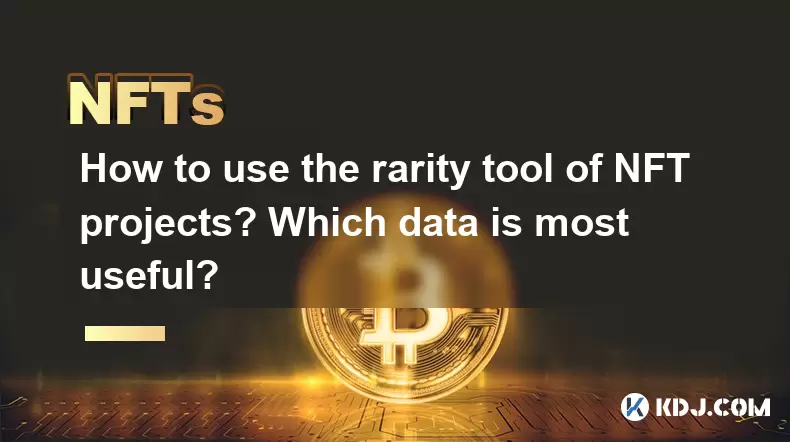
Understanding the NFT Rarity Tool
In the fast-evolving world of NFTs, assessing the value and uniqueness of a digital asset has become essential for collectors, investors, and creators. One of the most powerful tools used in this process is the rarity tool. This tool helps users analyze how rare an NFT is within a collection by examining its attributes or traits compared to others in the same project.
The core function of a rarity tool lies in quantifying the scarcity of specific features that make up each NFT. For instance, if you're looking at a collection of 10,000 profile pictures (PFPs), some may have uncommon accessories like a golden crown or a unique background color. The rarity tool calculates how frequently these traits appear across the entire set.
Important Tip:
Always verify that the rarity tool you’re using covers the specific NFT project you are interested in. Not all platforms support every collection.Popular Platforms Offering NFT Rarity Tools
Several platforms offer integrated rarity tools that allow users to assess their NFTs with minimal effort. Some of the most commonly used include:
- OpenSea: While not a dedicated rarity scanner, it integrates with third-party tools.
- Rarity.tools: A pioneer in providing detailed rankings and analysis for NFT collections.
- DappRadar: Offers real-time analytics and includes rarity assessments.
- CoinGecko NFT: Provides a comprehensive overview including rarity metrics.
- Traitsniper: Known for accurate trait-based scoring systems.
Each platform varies slightly in how they calculate rarity scores. Some use statistical frequency analysis, while others might factor in historical sales data or market demand. When choosing a tool, consider which metrics align best with your goals—whether it's investment, collecting, or creating NFTs.
Key Insight:
Cross-reference multiple tools when evaluating an NFT’s rarity to get a more balanced view.How to Use a Rarity Tool Step-by-Step
Using a rarity tool typically involves several steps, and understanding them ensures you extract the most valuable insights from the data:
- Visit the chosen rarity platform (e.g., Rarity.tools).
- Search for the NFT collection you are interested in.
- Locate your specific NFT within the collection.
- Click on the NFT to view its individual traits breakdown.
- Review the calculated rarity score and compare it with other NFTs in the same project.
Some platforms also provide rankings, showing where your NFT stands among thousands of others. Others break down the rarity percentage per trait, helping you identify which feature contributes most to the NFT’s uniqueness.
Crucial Detail:
Pay attention to "trait dominance"—a single rare trait can significantly influence overall rarity even if others are common.Which Data Points Are Most Useful?
When analyzing NFT rarity, certain data points stand out as being particularly useful:
- Trait Frequency: How often a specific attribute appears across the collection. Lower frequency usually means higher rarity.
- Total Score: An aggregate number representing the cumulative rarity of all traits.
- Ranking: Where the NFT sits relative to others in the same collection.
- Normalized Score: Adjusted rarity score that accounts for variations in trait weight.
- Unique Traits: Features that exist only once or a few times in the entire set.
These data points help determine whether an NFT could be considered a “blue-chip” asset or simply part of the long tail of less desirable tokens. Investors often look for NFTs with high ranking and low trait frequency to maximize potential appreciation.
Critical Point:
Relying solely on total score without checking underlying traits can lead to misinterpretation of actual rarity.Common Pitfalls and Misconceptions
Despite their usefulness, rarity tools come with certain limitations and misconceptions that users should be aware of:
- Score Manipulation: Some projects design traits specifically to skew rarity scores, misleading buyers.
- Overemphasis on Score: High scores don’t always translate to high value if the community doesn’t find the traits appealing.
- Platform Bias: Different tools calculate rarity differently, leading to inconsistent results.
- Ignoring Utility: In game-based or utility NFTs, rarity might not directly correlate with functionality or usage value.
- Static Analysis: Rarity tools typically offer static snapshots and may not reflect evolving trends or updates within a project.
To avoid falling into these traps, always cross-check rarity data with marketplaces, community sentiment, and the project roadmap.
Essential Advice:
Combine rarity data with qualitative research such as social media engagement, roadmap progress, and team transparency.Frequently Asked Questions
Q: Can I trust the rarity score provided by different platforms?
A: While most platforms aim for accuracy, differences in calculation methods mean scores can vary. It's wise to review multiple sources before making decisions.
Q: Is rarity the only factor in determining an NFT’s value?
A: No, factors like creator reputation, community activity, utility, and aesthetics also play significant roles in valuation.
Q: Do all NFT collections benefit from using a rarity tool?
A: Rarity tools are most effective for generative art collections like PFPs. They are less applicable to one-of-a-kind or utility-based NFTs.
Q: How often is rarity data updated?
A: Most platforms update data daily or weekly, depending on blockchain activity and API access capabilities.
Disclaimer:info@kdj.com
The information provided is not trading advice. kdj.com does not assume any responsibility for any investments made based on the information provided in this article. Cryptocurrencies are highly volatile and it is highly recommended that you invest with caution after thorough research!
If you believe that the content used on this website infringes your copyright, please contact us immediately (info@kdj.com) and we will delete it promptly.
- Polymarket Eyes $1B Valuation: Betting Big on Prediction Markets
- 2025-06-24 22:45:13
- Kane Brown and Taylor Lautner: From Real-Life Friends to 'The Token Groomsman'
- 2025-06-24 22:45:13
- Fartcoin, Bitcoin, and Wealth Creation: A New Era of Crypto?
- 2025-06-24 23:05:12
- Sami Sheen's Breast Implant Removal: A Health-First Decision
- 2025-06-24 22:25:12
- BlockDAG's Token Campaign and Pre-Mainnet Growth Attracts Attention
- 2025-06-24 23:45:12
- AERO Eyes: Investor Buy and Whale Accumulation Signals Rally?
- 2025-06-24 23:30:12
Related knowledge
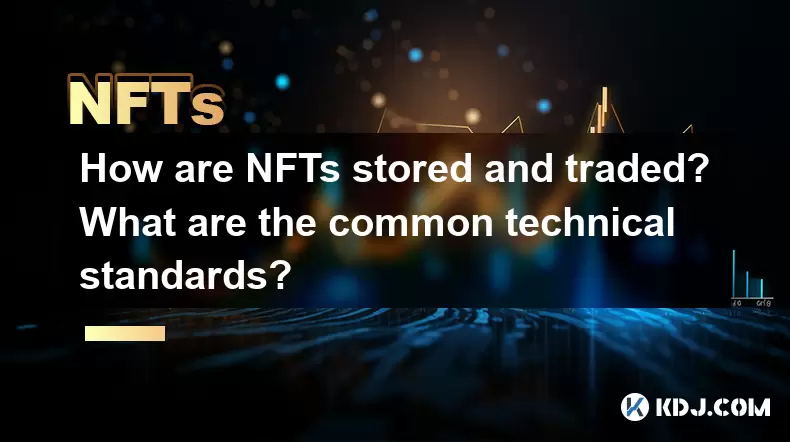
How are NFTs stored and traded? What are the common technical standards?
Jun 20,2025 at 08:49am
Understanding NFT Storage MechanismsNon-Fungible Tokens (NFTs) are digital assets that represent ownership of a unique item or piece of content, such as art, music, videos, or virtual real estate. The way NFTs are stored is crucial to their security and accessibility. Most NFTs are built on blockchain platforms like Ethereum, and the actual file—such as...
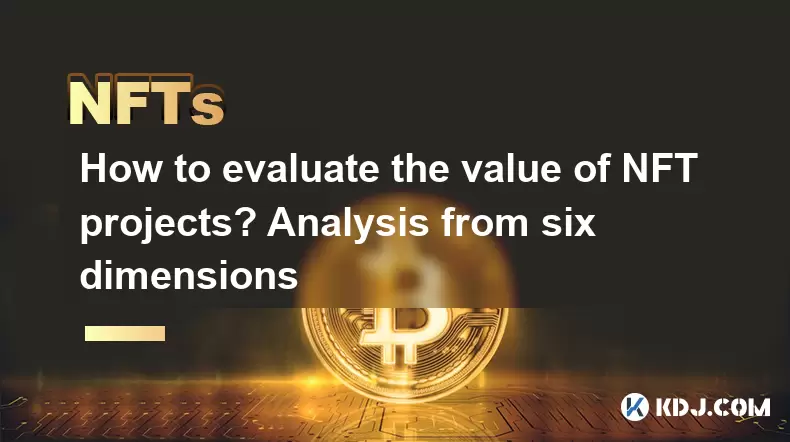
How to evaluate the value of NFT projects? Analysis from six dimensions
Jun 21,2025 at 02:28pm
1. Project Background and Team CredibilityEvaluating the value of NFT projects begins with a thorough understanding of its background and team composition. A credible project is usually backed by experienced developers, designers, and marketers who have a proven track record in blockchain or digital art industries. The presence of identifiable team memb...

What is the difference between NFT and digital collectibles? A must-read guide for beginners
Jun 19,2025 at 09:42pm
Understanding the Basics of NFTsNFTs, or Non-Fungible Tokens, are unique digital assets that represent ownership of a specific item or piece of content on the blockchain. Unlike cryptocurrencies such as Bitcoin or Ethereum, which are fungible and can be exchanged one-for-one, each NFT has distinct properties and cannot be directly replaced by another to...
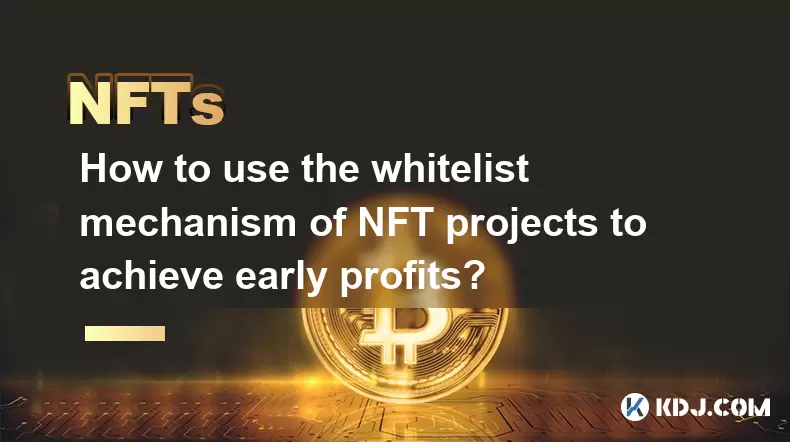
How to use the whitelist mechanism of NFT projects to achieve early profits?
Jun 21,2025 at 03:49am
Understanding the Whitelist Mechanism in NFT ProjectsThe whitelist mechanism is a popular strategy used by NFT project developers to allocate early access or exclusive minting rights to a select group of users. This system allows participants on the whitelist to mint NFTs before they are released to the general public, often at lower prices and with few...
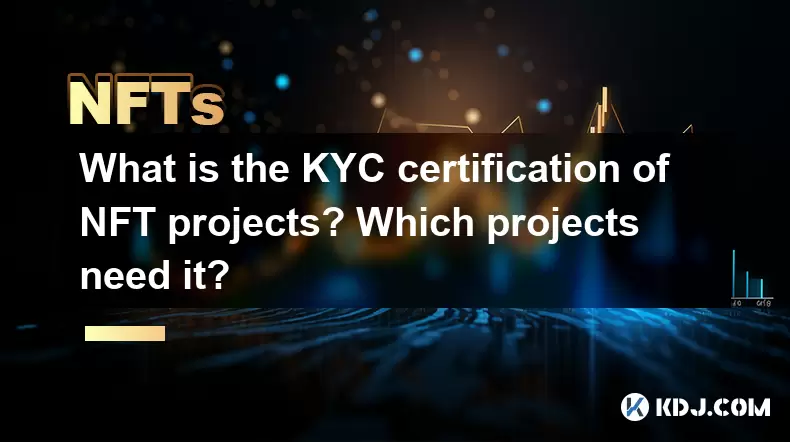
What is the KYC certification of NFT projects? Which projects need it?
Jun 21,2025 at 03:08pm
Understanding KYC Certification in the NFT SpaceKYC, or Know Your Customer, is a regulatory process used by businesses to verify the identity of their clients. In the context of NFT projects, KYC certification refers to the verification of user identities before they can participate in minting, trading, or selling NFTs on a platform. This practice is in...
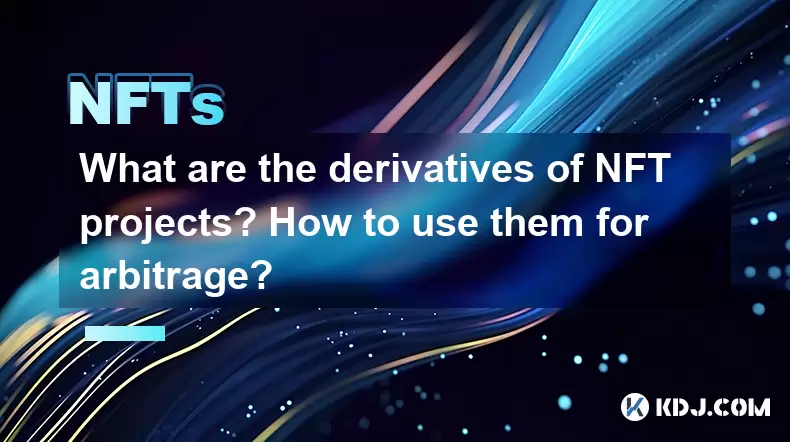
What are the derivatives of NFT projects? How to use them for arbitrage?
Jun 20,2025 at 06:14am
Understanding the Derivatives of NFT ProjectsNFTs, or non-fungible tokens, have evolved beyond simple digital collectibles. In recent years, derivatives of NFT projects have emerged as a new financial layer within the blockchain ecosystem. These derivatives are essentially financial instruments derived from the value and performance of underlying NFT as...

How are NFTs stored and traded? What are the common technical standards?
Jun 20,2025 at 08:49am
Understanding NFT Storage MechanismsNon-Fungible Tokens (NFTs) are digital assets that represent ownership of a unique item or piece of content, such as art, music, videos, or virtual real estate. The way NFTs are stored is crucial to their security and accessibility. Most NFTs are built on blockchain platforms like Ethereum, and the actual file—such as...

How to evaluate the value of NFT projects? Analysis from six dimensions
Jun 21,2025 at 02:28pm
1. Project Background and Team CredibilityEvaluating the value of NFT projects begins with a thorough understanding of its background and team composition. A credible project is usually backed by experienced developers, designers, and marketers who have a proven track record in blockchain or digital art industries. The presence of identifiable team memb...

What is the difference between NFT and digital collectibles? A must-read guide for beginners
Jun 19,2025 at 09:42pm
Understanding the Basics of NFTsNFTs, or Non-Fungible Tokens, are unique digital assets that represent ownership of a specific item or piece of content on the blockchain. Unlike cryptocurrencies such as Bitcoin or Ethereum, which are fungible and can be exchanged one-for-one, each NFT has distinct properties and cannot be directly replaced by another to...

How to use the whitelist mechanism of NFT projects to achieve early profits?
Jun 21,2025 at 03:49am
Understanding the Whitelist Mechanism in NFT ProjectsThe whitelist mechanism is a popular strategy used by NFT project developers to allocate early access or exclusive minting rights to a select group of users. This system allows participants on the whitelist to mint NFTs before they are released to the general public, often at lower prices and with few...

What is the KYC certification of NFT projects? Which projects need it?
Jun 21,2025 at 03:08pm
Understanding KYC Certification in the NFT SpaceKYC, or Know Your Customer, is a regulatory process used by businesses to verify the identity of their clients. In the context of NFT projects, KYC certification refers to the verification of user identities before they can participate in minting, trading, or selling NFTs on a platform. This practice is in...

What are the derivatives of NFT projects? How to use them for arbitrage?
Jun 20,2025 at 06:14am
Understanding the Derivatives of NFT ProjectsNFTs, or non-fungible tokens, have evolved beyond simple digital collectibles. In recent years, derivatives of NFT projects have emerged as a new financial layer within the blockchain ecosystem. These derivatives are essentially financial instruments derived from the value and performance of underlying NFT as...
See all articles
























































































